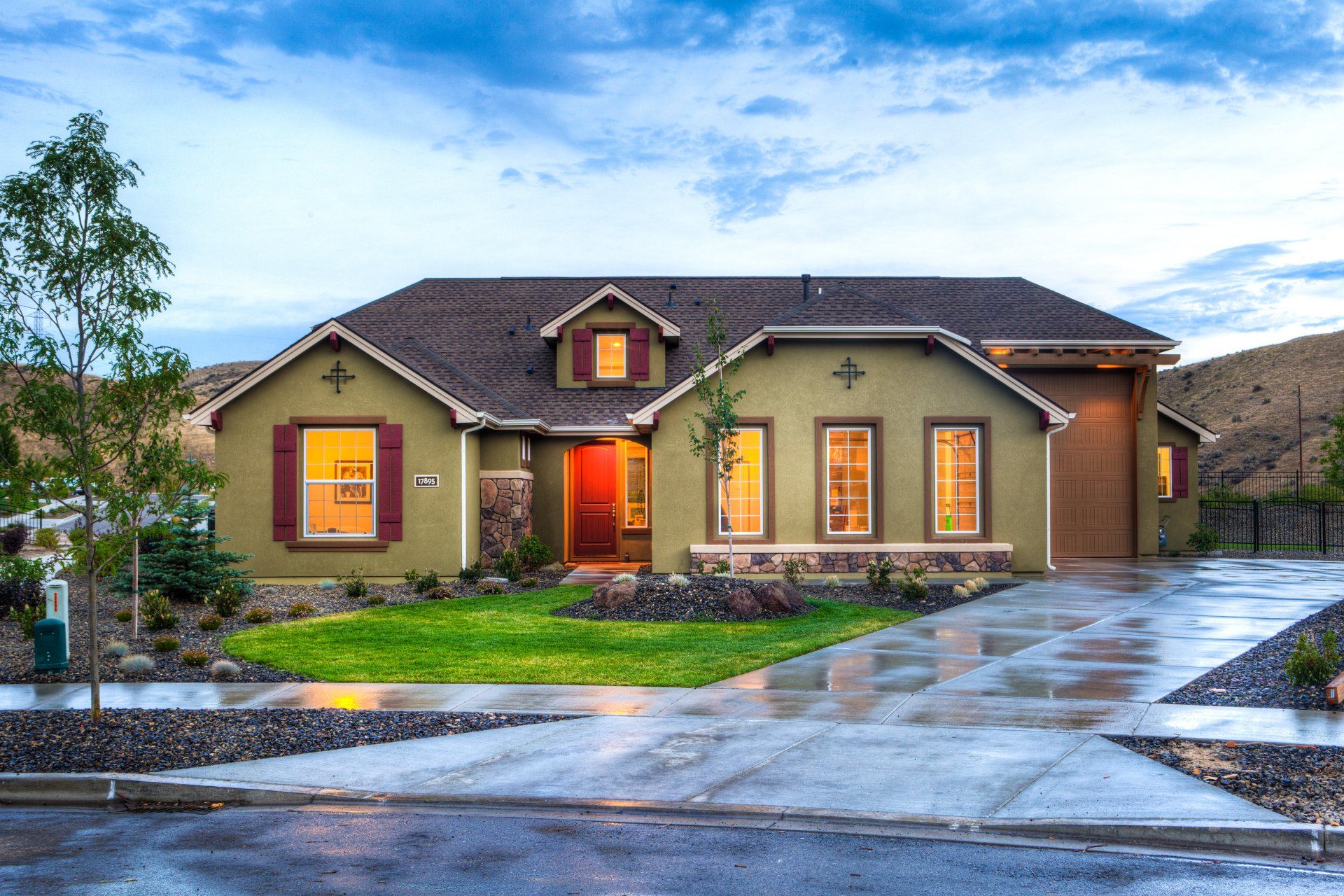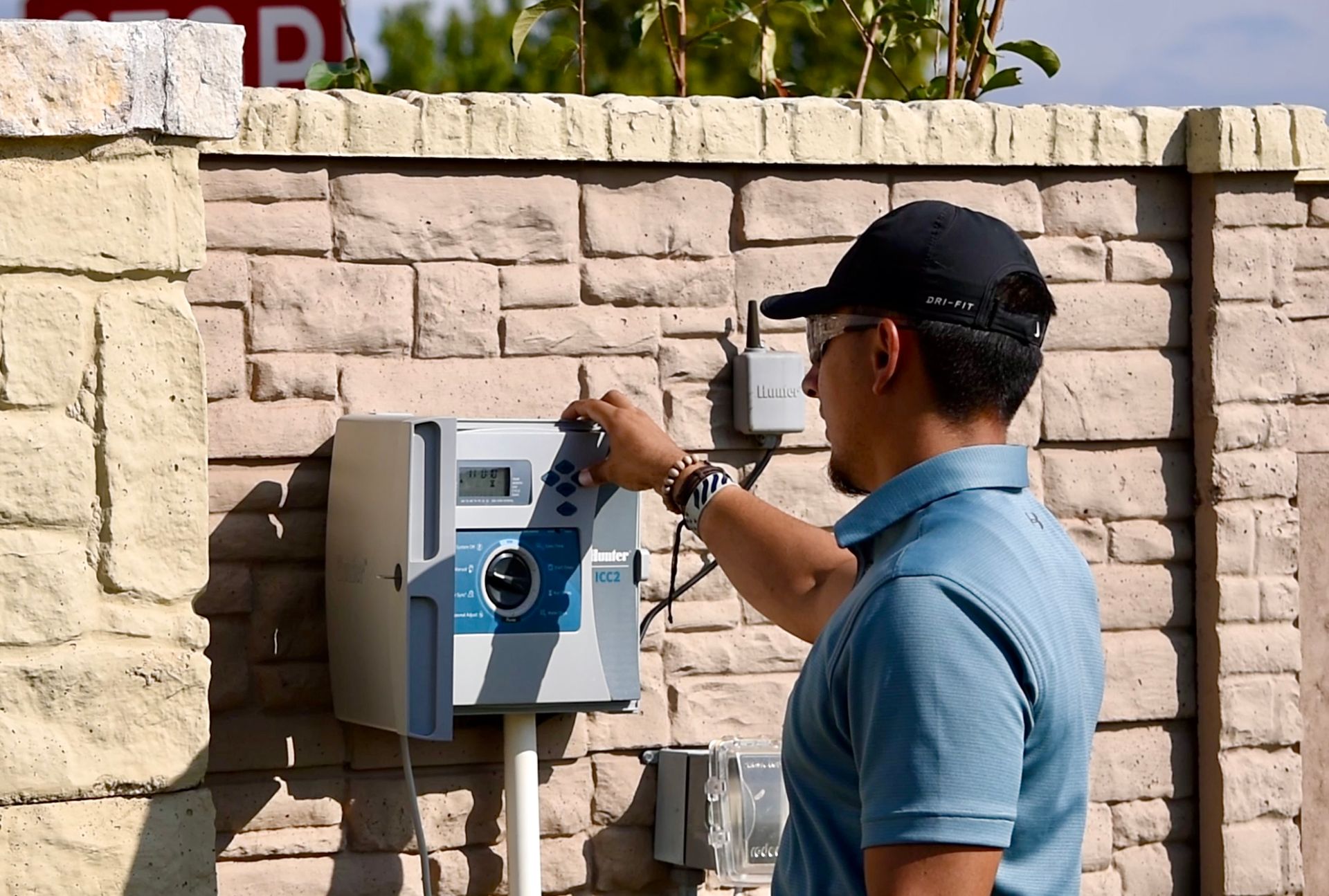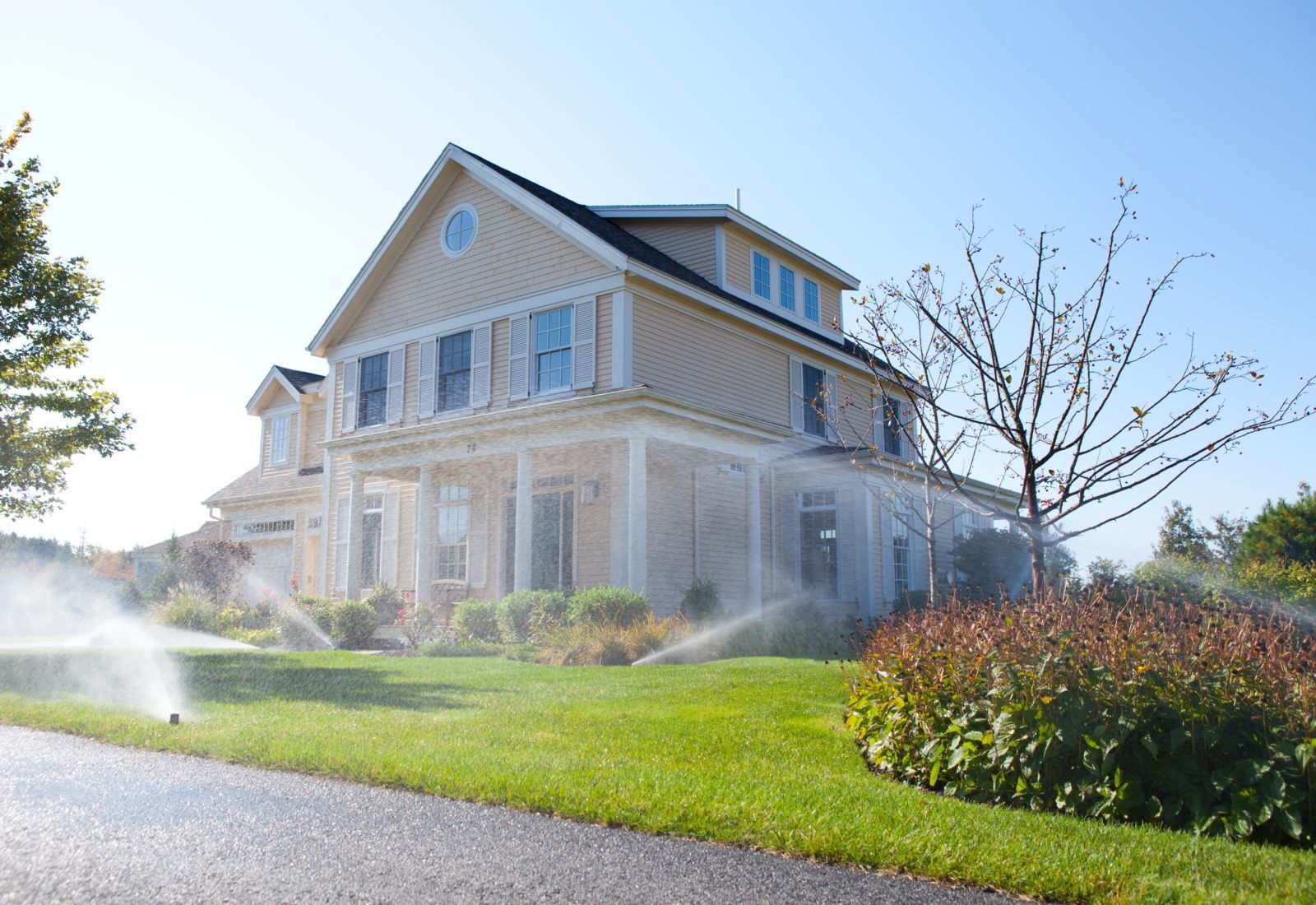Embracing the Rain: Landscaping Tips for Wet Weather Woes

Ah, the pitter-patter of raindrops—nature's symphony. While rainfall nourishes our gardens, too much of a good thing can bring a host of challenges to our cherished landscapes. Here are some common landscaping tips and issues that may arise during extended periods of rain:
1. Drainage Problems:
When the rainclouds go into overdrive, it's crucial to address drainage issues to prevent your garden from turning into a mini-waterpark. Poorly drained areas can suffer from soil erosion, water-logging, and unhappy plants. To combat this, ensure your property has proper drainage systems in place.
Consider incorporating French drains or constructing rain gardens. These features will
help redirect the flow of water away from vulnerable spots, keeping your landscape high and dry.
2. Soil Erosion
As the rain cascades down, the force of the water can wash away precious topsoil, leaving your garden looking like a barren wasteland. Fear not, as the
best and simplest solution is: mulch! Spread a layer of organic mulch, such as wood chips or straw, to protect your soil from erosion. Mulch acts as a cozy blanket, stabilizing the soil and retaining moisture, all while adding an aesthetically pleasing touch to your landscape.
3. Plant Health Issues:
Rainy seasons can be a breeding ground for root rot and fungal diseases that make plants as happy as a wet cat. To keep your leafy friends in good health, ensure proper drainage in their growing areas.
Avoid overwatering and use well-draining soil to prevent waterlogged roots. In the battle against plant diseases, swift action is key. Trim and dispose of any damaged or diseased plant parts to prevent the spread of these unwelcome guests.
4. Weeds and Pest Problems:
Rainfall provides ideal conditions for weed proliferation. Combat unwanted weed growth by implementing a proactive approach to weed control. Regularly inspect your landscape and promptly remove any weeds that emerge. Mulching garden beds and applying pre-emergent herbicides can help suppress weed growth during the rainy season.
5. Slopes and Slips:
If you have slopes or hillsides on your property, heavy rainfall can increase the risk of erosion and landslides. Planting ground covers, installing retaining walls, or terracing can help stabilize slopes and minimize erosion.
6. Rain Sensors and Overwatering:
We can't forget the heroics of Hunter Irrigation Controllers and their trusty rain sensors. Like vigilant guardians, these controllers possess the power to shut off the irrigation system at the mere whisper of rain. No more wasteful water dances in the rain! Overwatering becomes a distant memory as your garden receives only the moisture it truly needs. The harmony between technology and nature, a duet of water-wise wonders! Understand the signs of overwatering, such as wilting or yellowing leaves, and adjust your watering accordingly. Remember, moderation is key! Allow the soil to dry slightly between watering sessions, giving your plants a chance to breathe. With your newfound watering prowess, you shall conquer overwatering and cultivate a garden of boundless beauty.
Conclusion:
Rainy days can be a cause for celebration, as they bring life and vitality to your landscape. However, they also present unique challenges. By implementing the right strategies, you can navigate the pitfalls of excessive rainfall with confidence. Remember to address drainage problems, protect against soil erosion with mulch, and pay attention to plant health and pest issues. Maximize the effectiveness of your irrigation system with rain sensors, preventing overwatering and promoting water conservation. Finally, keep your soil nutrient-rich and stabilize any slopes or hillsides. With these landscaping tips and solutions, you'll be well-prepared to embrace the rain, ensuring your garden flourishes even during the wettest of seasons. So go ahead, let the raindrops dance, and watch your landscape thrive in the face of watery challenges.

Share







